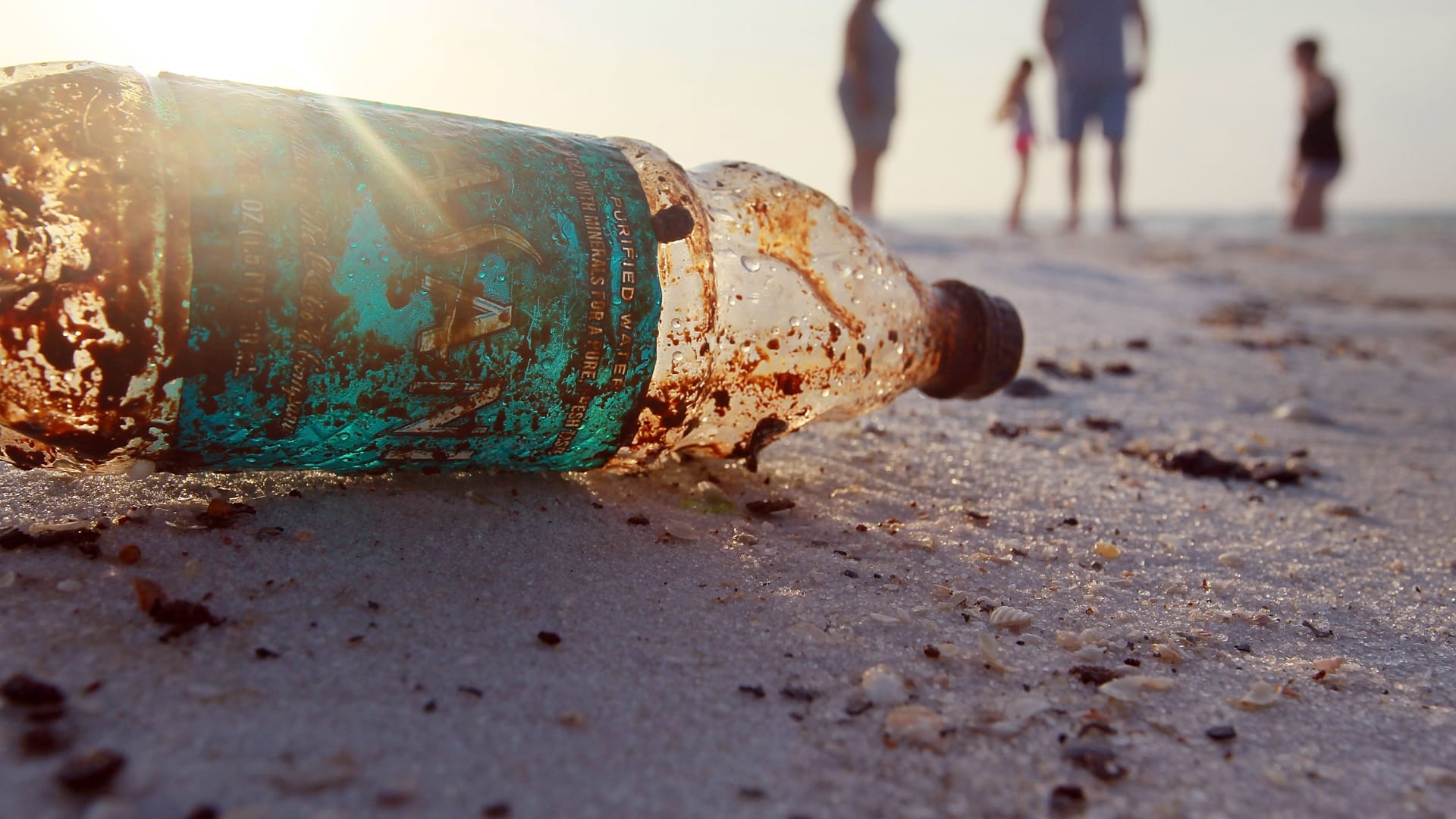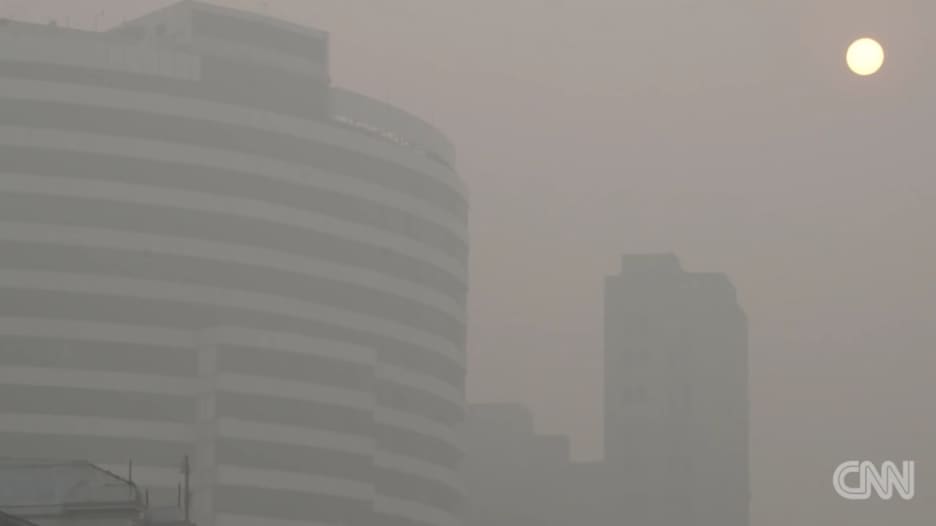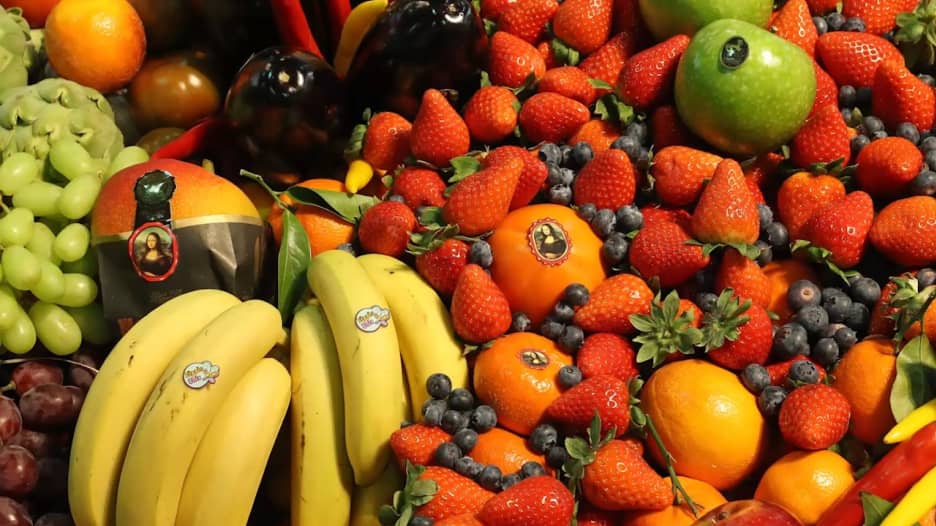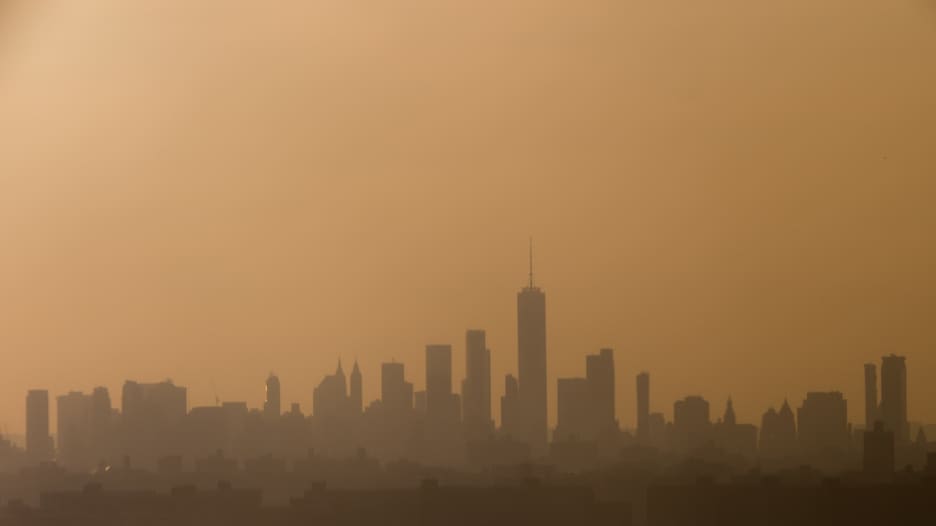دبي، الإمارات العربية المتحدة (CNN) -- تشير دراسة جديدة إلى أننا نقوم بتناول 5 غرامات من البلاستيك أسبوعياً، أي ما يعادل بطاقة ائتمان. ويأتي هذا التلوث البلاستيكي من "المواد البلاستيكية الدقيقة"، وهي جزيئات أصغر من خمسة ملليمترات، وتشق طريقها إلى طعامنا، ومياه الشرب، وحتى الهواء.
ويستهلك الناس حوالي 2000 جزئية من البلاستيك الدقيق أسبوعياً في جميع أنحاء العالم، وفقاً للدراسة التي أجرتها جامعة نيوكاسل في أستراليا.
ويمكن أن تنشأ هذه الجزيئات الصغيرة من مجموعة متنوعة من المصادر، بما في ذلك ألياف الملابس الاصطناعية، والميكروبات الموجودة في بعض أنواع معجون الأسنان، أو قطع بلاستيكية كبيرة، تتكسر تدريجياً إلى أجزاء صغيرة.
وهذه الجزيئات البلاستيكية ممكن أن تتناولها الأسماك والحيوانات البحرية الأخرى، بعد أن تشق طريقها إلى الأنهار والمحيطات، بحيث تنتهي كجزء من السلسلة الغذائية.
وعُثر على المواد البلاستيكية الدقيقة في العديد من الأطعمة والمشروبات اليومية، مثل الماء، والجعة، والمحار، والملح، بحسب ما ذكرت الباحثة المشاركة كالا سيناثيراجا لـCNN.
ووفقاً للبحث الذي يستعرض 52 دراسة حالية، تُعد مياه الشرب أكبر مصدر لابتلاع البلاستيك. وكان البحث بتكليف من الصندوق العالمي للحياة البرية (WWF) لتقريره: "بلا بلاستيك في الطبيعة: الحد من البلاستيك المنقول من الطبيعة إلى الناس."
ووُجد أن الشخص العادي يستهلك ما يصل إلى 1769 من جزيئات البلاستيك كل أسبوع فقط عن طريق مياه الشرب المعبأة في زجاجات أو من الصنبور. ولكن، يمكن أن يكون هناك اختلافات إقليمية كبيرة، فقد وجدت دراسة في العام 2018 ضعف كمية البلاستيك في المياه في الولايات المتحدة، والهند، مقارنة بمياه الصنبور في أوروبا وإندونيسيا.
ووجدت دراسة منفصلة هذا الشهر أن الأمريكيين يأكلون، ويشربون، ويتنفسون ما بين 74000 و121000 جزئية من البلاستيك الدقيق سنوياً، وأولئك الذين يشربون حصرياً المياه المعبأة في زجاجات بدلاً من ماء الصنبور، يمكن إضافة ما يصل إلى 90000 جزيئة بلاستيكية إلى إجمالي استهلاكهم السنوي.
والمحار هو ثاني أكبر مصدر للبلاستيك، حيث يستهلك الشخص العادي ما يصل إلى 182 جزيئة دقيقة منه، أي 0.5 غرام أسبوعياً. ويقول التقرير إن هذا بسبب "تناول المحار بالكامل، بما في ذلك جهازه الهضمي، وذلك بعد حياة ملوثة بالبلاستيك."
ورغم أن المواد البلاستيكية الدقيقة اُكتُشفت في الهواء، إلا أن الدراسة تقول إن استنشاقها يمثل كمية لا تذكر، "ولكنها قد تختلف كثيراً بحسب البيئة."
ولاحظ الباحثون أن دراستهم "تعتمد على مجموعة محدّدة من الأدلة، وتأتي مع قيود، بما في ذلك نقص البيانات المتاحة عن المقاييس الحيوية، مثل توزيع وزن وحجم المواد البلاستيكية الدقيقة في البيئة الطبيعية."
ما هي المخاطر الصحية؟
ويتزايد القلق بشأن المخاطر الصحية التي يشكلها البلاستيك على صحة الإنسان، لكن الآثار الكاملة للتلوث البلاستيكي ما زالت غير واضحة.
وقال البروفيسور ريتشارد لامبيت، من المركز الوطني لعلوم المحيطات في المملكة المتحدة، والذي لم يشارك في البحث، لـCNN إنه من الصعب تقييم أهمية معدل تناول البلاستيك، دون فهم المخاطر الصحية المرتبطة به.
وأضاف: "هناك ريبة كبيرة بشأن الأضرار التي تسببها المواد البلاستيكية. فالبلاستيك ليس مادة ضارة بشكل خاص، لكن هناك احتمال أن تكون كذلك"، مشيراً إلى الحاجة للمزيد من البحث في تأثير البلاستيك على المدى الطويل.
وقالت كافيتا براكاش ماني مديرة قسم يختص بأخلاقيات استخدام الموارد في الصندوق العالمي للطبيعة لـCNN "لا يمكننا إزالته، لذلك نحن بحاجة إلى معالجة التلوث البلاستيكي في مصدره وإيقاف وصوله إلى الطبيعة، في المقام الأول"، مشددة على أن الأولوية يجب أن تكون لخفض إنتاج البلاستيك.
وعلى الصعيد العالمي، يتم إنتاج أكثر من 330 مليون طن متري من البلاستيك كل عام، ومن المتوقع أن يتضاعف إنتاجه العالمي بمعدّل 3 مرات بحلول عام 2050.
وقالت ماني إن "هناك حاجة لمعاهدة عالمية بشأن البلاستيك، وأهداف التخفيض من الشركات والحكومات لمعالجة هذه القضية".




